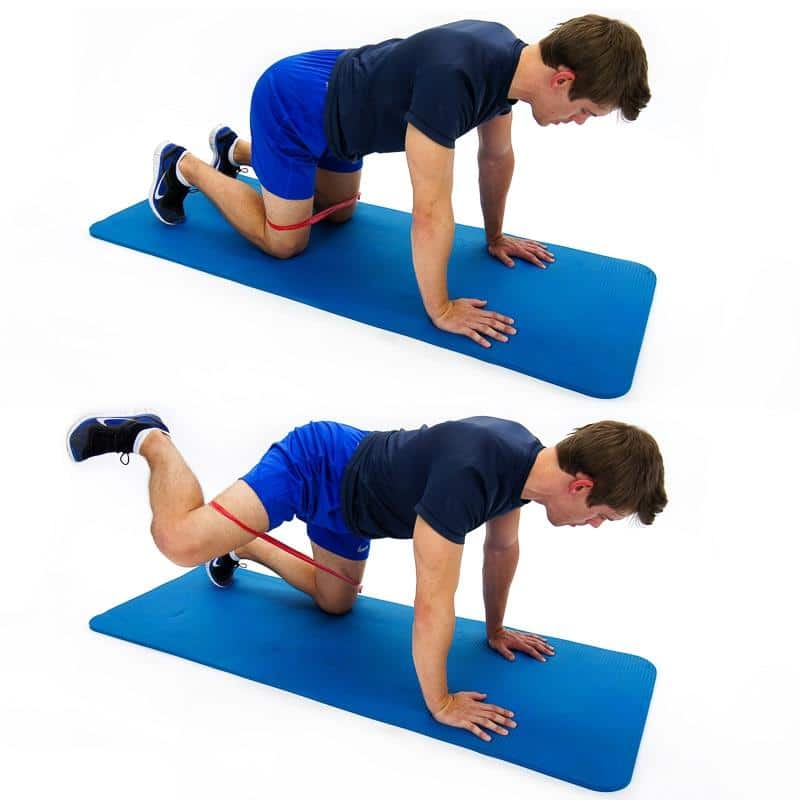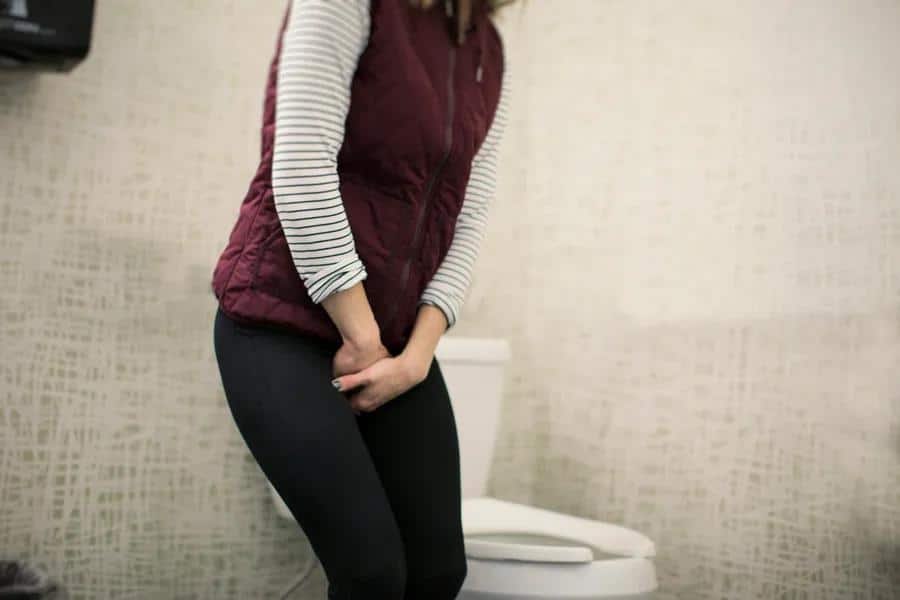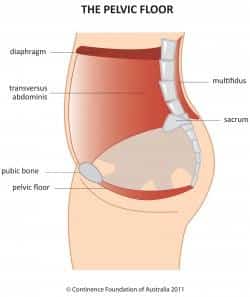What is Pelvic Floor Dysfunction?
If there were any taboo subject related to chronic pain, it would have to be in regards to pelvic
health. Many clients have a difficult time bringing up pelvic floor issues as they are often regarded as
embarrassing or irrelevant. The fact of the matter is millions of American’s are affected by pelvic floor
dysfunction especially during pregnancy or postpartum. One recent study found a 72% prevalence of
low back and pelvic girdle pain during pregnancy.
Pelvic floor dysfunction is a broad term that involves muscular imbalances or dysfunction of
pelvic joints that cause an array of symptoms. The muscles of the pelvic floor have a very important job;
they assist in urinary and fecal continence, sexual performance, stabilization of the pelvic joints, and
support the urogenital organs. If there is a muscle imbalance in the pelvic floor, it’s possible for any of
these vital functions to be affected. The symptoms of pelvic floor dysfunction may include: pain in the
hip or buttock, painful lower abdomen, urinary incontinence, pain with intercourse, or pain in pelvic
joints. Given the intimate nature of these symptoms, many people only seek treatment after symptoms
are nearly unbearable or full-fledged. The good news is that there is hope for people struggling with
pelvic floor dysfunction and associated pain symptoms.
Hope for Pelvic Dysfunction After Pregnancy
During pregnancy the body undergoes numerous changes which can lead to pelvic dysfunction.
An influx of hormones, an altered center of gravity, additional weight gain, and trauma from birth are
just a few changes your body undergoes in a short 40 week period. With such rapid changes in
physiology, the body needs additional care in order to maintain homeostasis. Without thoughtful
training during and after pregnancy, your risks for diastasis recti, urinary incontinence, low back, pelvic,
and hip pain significantly increase. Many women experiencing these symptoms will follow traditional
advice such as performing kegel exercises or abdominal exercises. The problem is that the pelvic floor
and abdominal musculature is a complex network of muscles that need to work in concert to be
effective. Given the intricacy of the pelvic floor muscles, symptoms of pelvic dysfunction often do not respond to traditional therapy. Instead try these unconventional, yet proven strategies to restore your
pelvic health :
3 Strategies for Reversing Pelvic Girdle Pain or Incontinence Post Pregnancy
1. Less Kegels and More Glutes!
Most women have heard they should be doing Kegel exercises to strengthen their pelvic floor muscles
particularly following childbirth. Most often women learn of Kegel exercises from a pamphlet or through
brief instructions from the OB/GYN. What they often do not tell you is that if you have pelvic pain
performing an abundance of Kegel exercises can actually make the problem worse! If you have been
completing daily kegels without symptom improvement, up-training the glutes may be your solution. A
kegel exercise attempts to strengthen the pelvic floor. Although an effective exercise, improper training
can actually pull the sacrum inward thus creating a tight pelvic floor. A tighter pelvic floor does not equal
stronger muscle. Instead we suggest training the gluteal muscles which work to support the pelvic girdle
as well as balance the pull of the pelvic floor. Those that sit for many hours of the day will experience
gluteal deactivation. Poor firing of the gluteal muscles combined with overwork kegels can lead to
serious muscle imbalances.

2. Ensure Proper Abdominal Activation
Everyone knows that strong abdominal muscles are good for musculoskeletal health. However, many
women opt out of abdominal exercises during pregnancy because of discomfort or fear of hurting the
baby. Pregnancy is not an excuse to forego abdominal exercises. Instead of doing crunches which can
increase the risk of diastsis recti, try posterior pelvic tilts. This will gently engage your transversus
abdominis which is the deepest core abdominal muscle and very important for stabilization of the pelvis
and low back.

3.Don’t Drain Your Bladder
Following pregnancy, many women will struggle with constant urge to urinate. The result is frequent
trips to the restroom (up to 15 times a day). Instead of increasing the amount of trips to the restroom,
we suggest you train to hold your urine when the initial urges arise. In doing this you are training your
detrusor muscles or the muscles that form the layer of the wall of the bladder. This will increase your
resistance to frequently urinate and combat urge incontinence.

Why Choose Therapy
- 72% prevalence of low back and pelvic girdle pain during pregnancy (Mogren 2005)
- Musculoskeletal dysfunction and pain during pregnancy often continues into the postpartum
period - Exercise prescription for all exercise levels during pregnancy and postpartum
- Risk of urinary incontinence with vaginal birth, especially multiparity
- Postpartum depression symptoms are 3x more likely in women having back and pelvic pain
compared with women with no pain (Gutke 2007)
Is Therapy Right For You?
Northern Edge Physical Therapy understands the challenges faced by those suffering with pelvic
floor dysfunction. Our occupational and physical therapists have sought additional training in pelvic
health to identify the underlying source of the pain and offer a thorough plan to restore proper
muscular balance of the pelvic floor muscles. At Northern Edge we utilize proven technology such as
rehabilitative ultrasound imaging and EMG biofeedback to retrain activation of the abdominal and pelvic
floor musculature [3]. In addition, we use techniques such as dry needling and manual therapy to
eliminate painful trigger points and restore tissue nutrition to allow the body to heal itself [4].
As part of our comprehensive approach, we also offer a revolutionary exercise system, known as
Redcord. The Redcord system allows for low impact, suspension-based re-training of myofascial chains
which include the pelvic floor muscles. Recent research has shown that the Redcord is an an invaluable
tool for stabilizing the pelvic girdle [5,6].
When Should You Seek Therapy
- Chronic Low back, hip, or pelvic pain
- Urinary Incontinence
- Musculoskeletal limitations related to bed rest (high-risk pregnancy)
- Diastasis Recti
- Pubic symphysis pain / separation
- Return to fitness after pregnancy/ birth


0 Comments